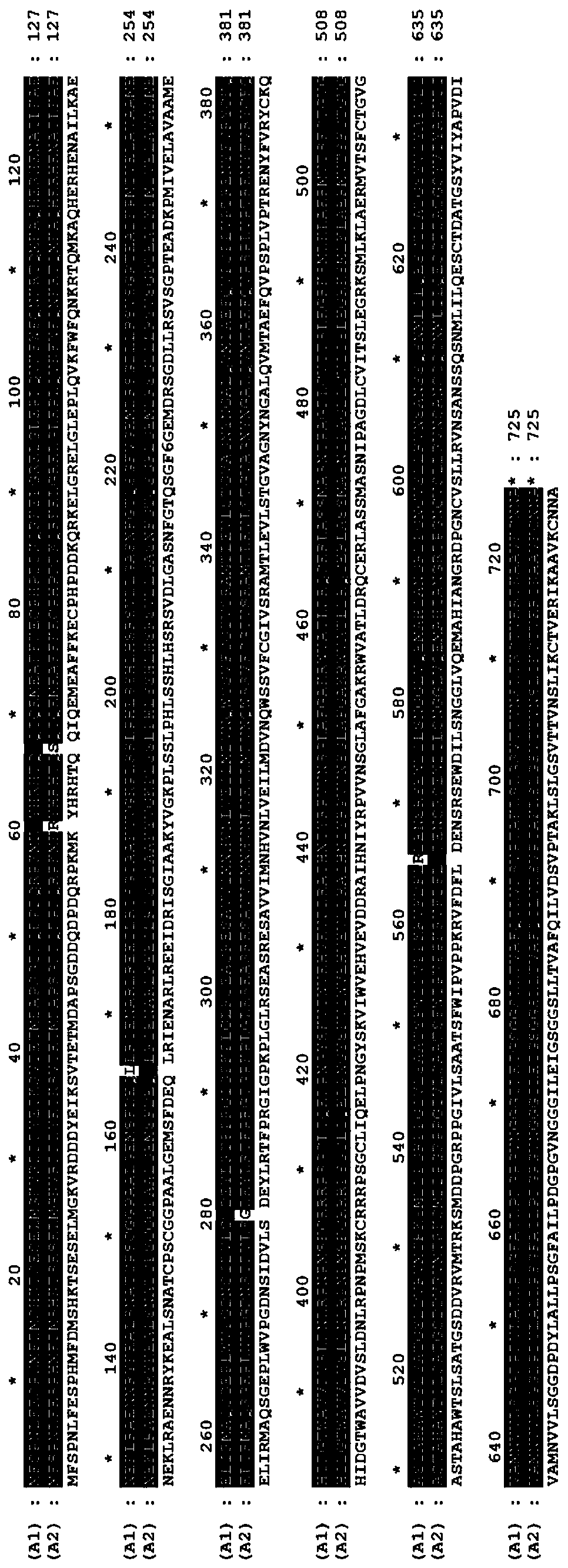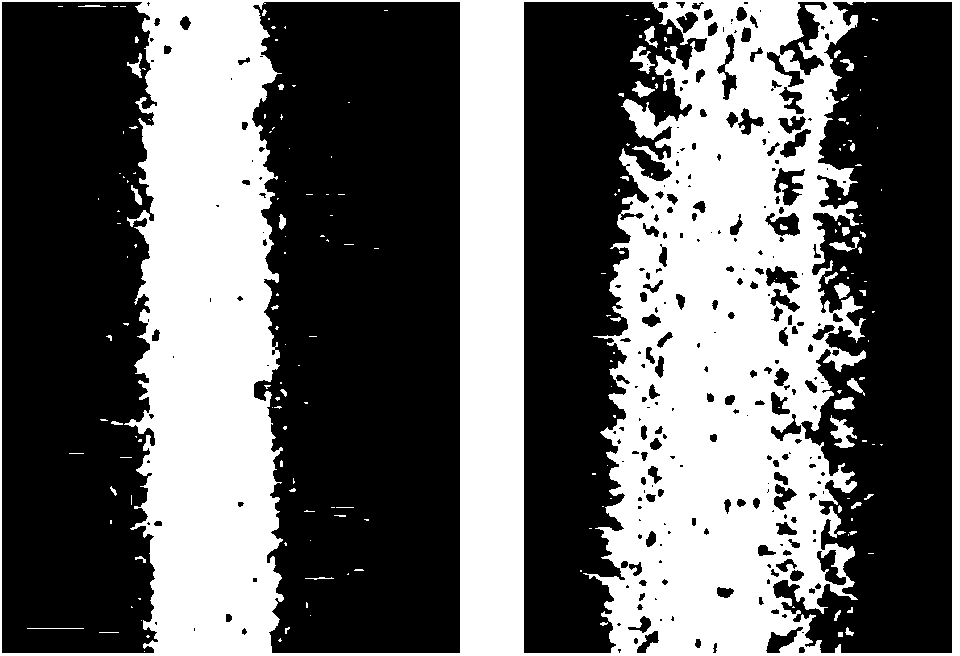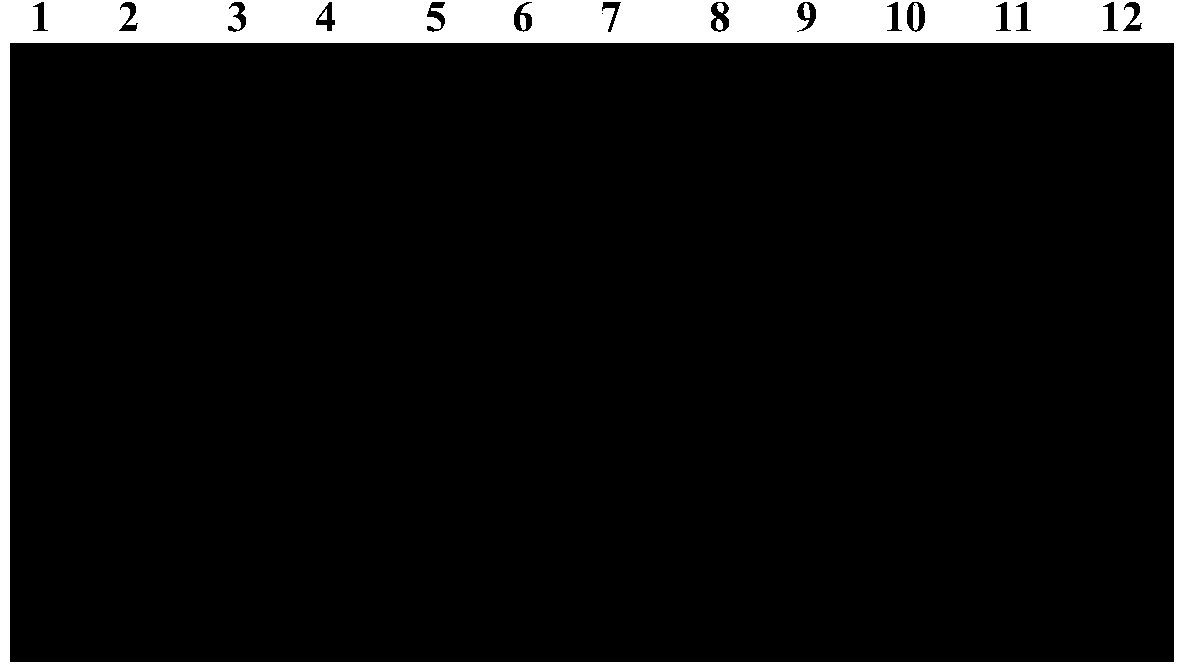Alleles for regulating and controlling two types of main stem table fur types of upland cotton, and single stranded conformational polymorphism (SSCP) molecular marker for identification thereof
An allele and molecular marker technology, applied in genetic engineering, plant genetic improvement, and microbial determination/inspection, etc., can solve the problem that the influence and function of GhHD-1 gene are not explained.
- Summary
- Abstract
- Description
- Claims
- Application Information
AI Technical Summary
Problems solved by technology
Method used
Image
Examples
Embodiment Construction
[0024] The technical solutions of the present invention will be further described in detail below in conjunction with the accompanying drawings and specific embodiments.
[0025] 1. DNA sequence differences of GhHD1 gene in different upland cotton
[0026]Our laboratory designed specific primers for the HD1 gene (At-GhHD1) of the upland cotton A genome, and used the primers to amplify the full-length sequence of the GhHD1 gene from different (50) upland cotton varieties. Sequencing analysis showed that there were two types of The DNA sequence is represented by type A1 and type A2. Sequence comparison reveals that there is a difference of 8 bases between type A1 and type A2, of which 5 bases are in the exon (Appendix 1), making them have 5 amino acid differences ( figure 1 ). Analysis of expression in different tissues showed that GhHD1 gene was predominantly expressed in stems.
[0027] 2. Observation and analysis of upland cotton stalk epidermis
[0028] The phenotype of ...
PUM
 Login to View More
Login to View More Abstract
Description
Claims
Application Information
 Login to View More
Login to View More - R&D
- Intellectual Property
- Life Sciences
- Materials
- Tech Scout
- Unparalleled Data Quality
- Higher Quality Content
- 60% Fewer Hallucinations
Browse by: Latest US Patents, China's latest patents, Technical Efficacy Thesaurus, Application Domain, Technology Topic, Popular Technical Reports.
© 2025 PatSnap. All rights reserved.Legal|Privacy policy|Modern Slavery Act Transparency Statement|Sitemap|About US| Contact US: help@patsnap.com



